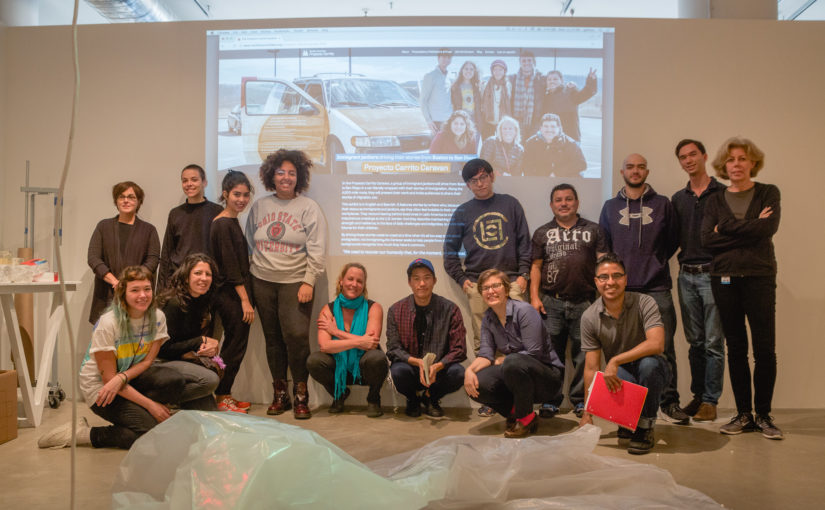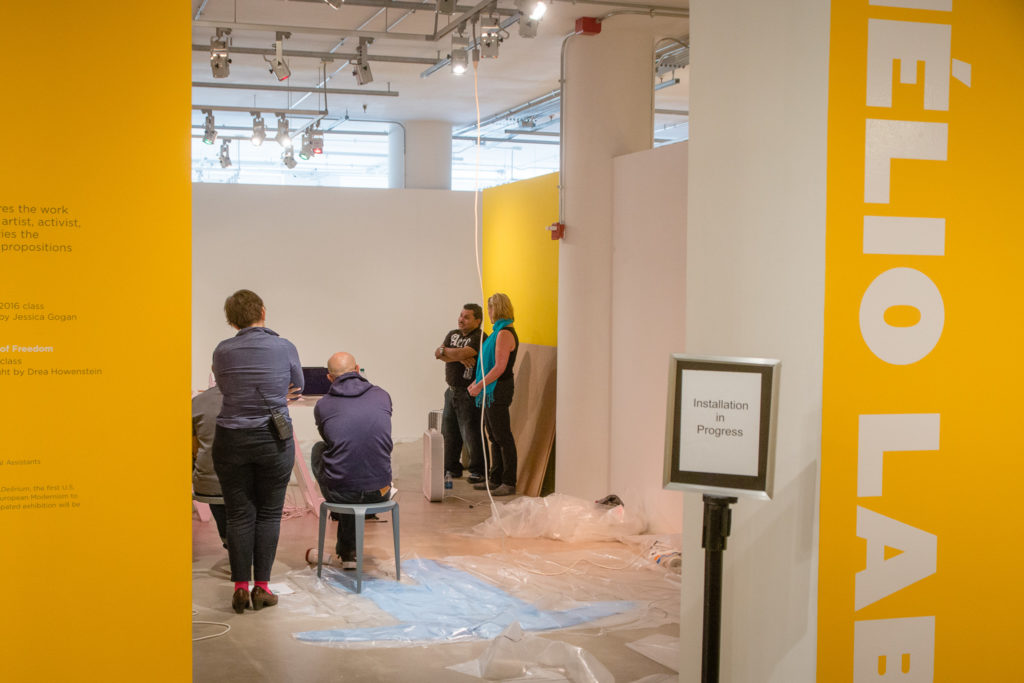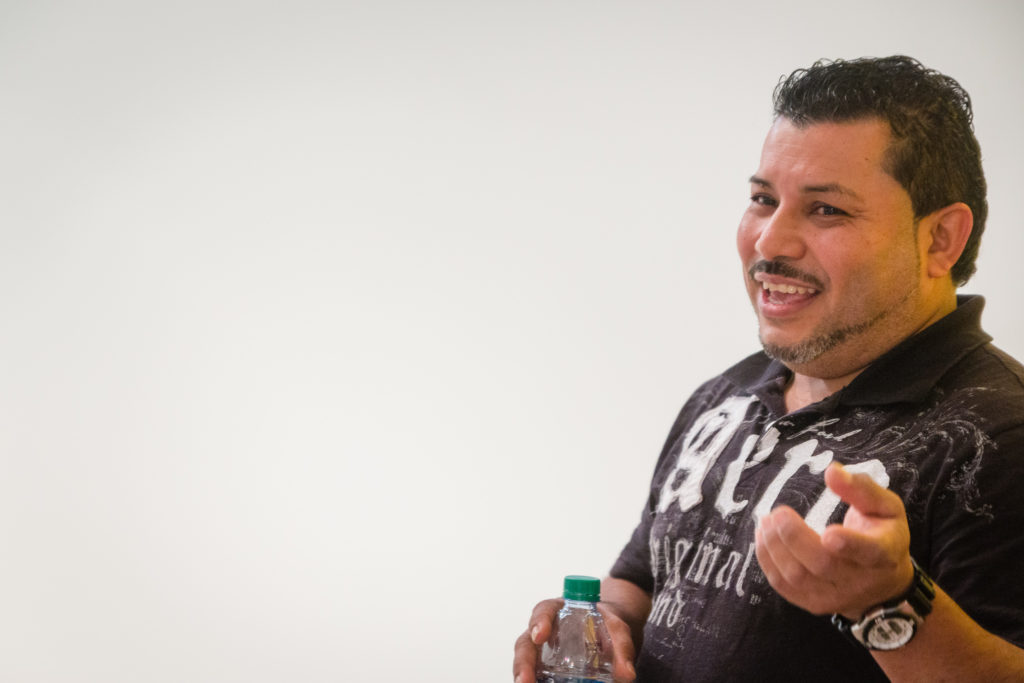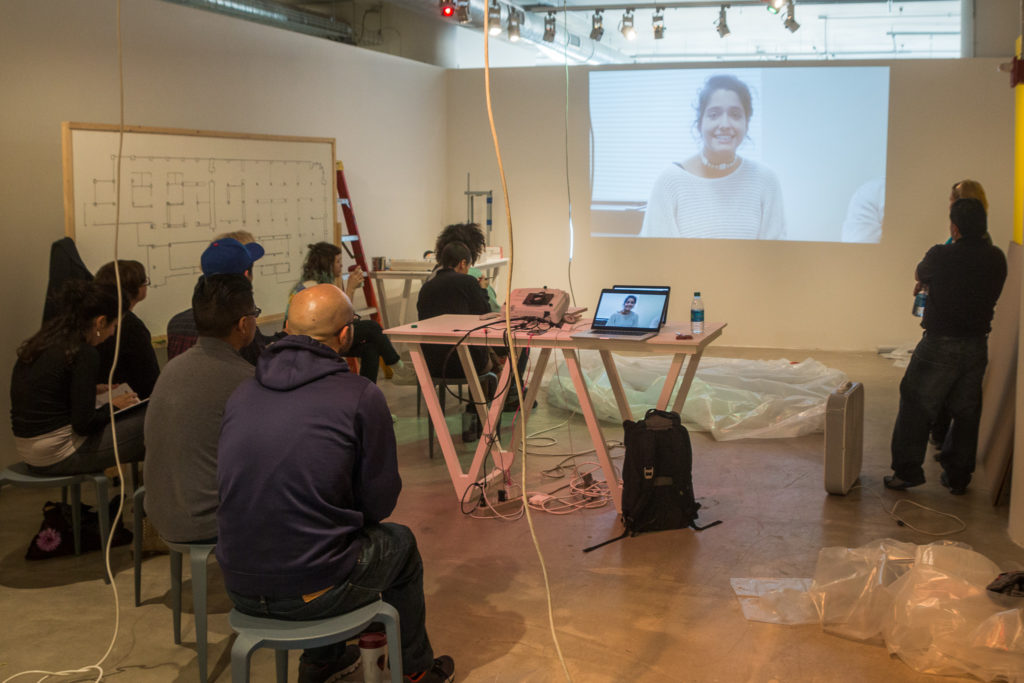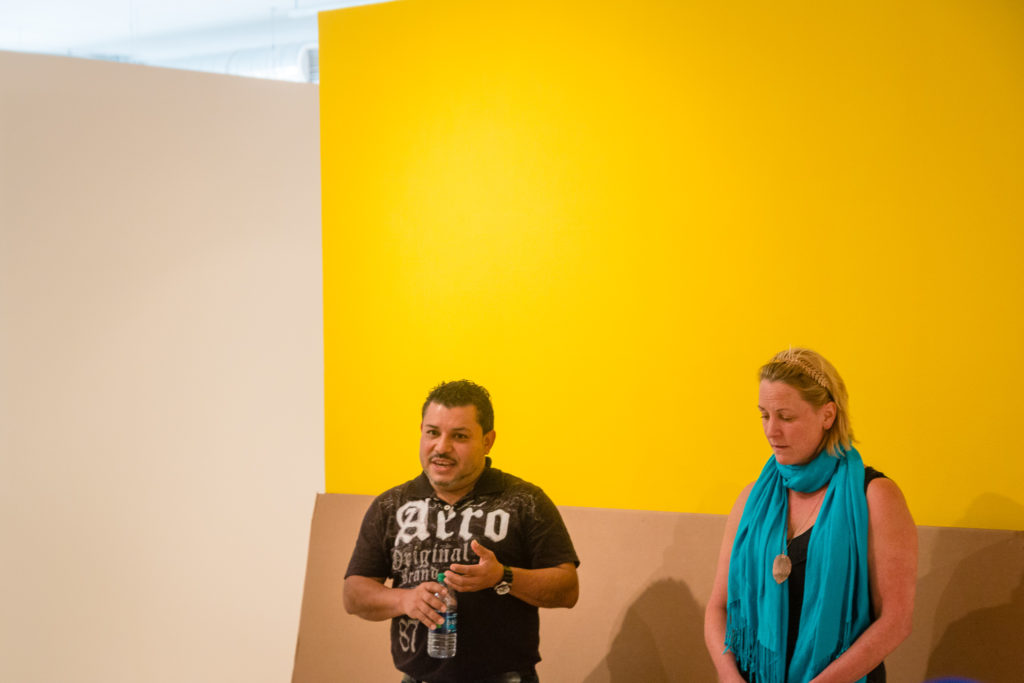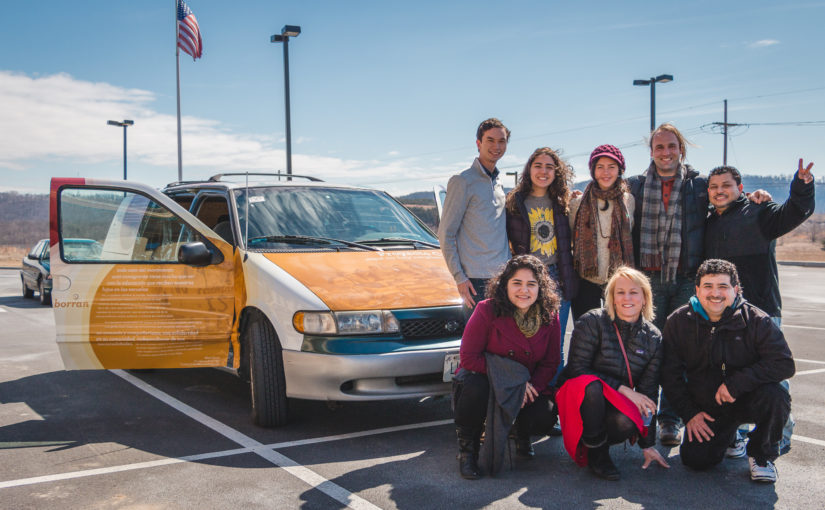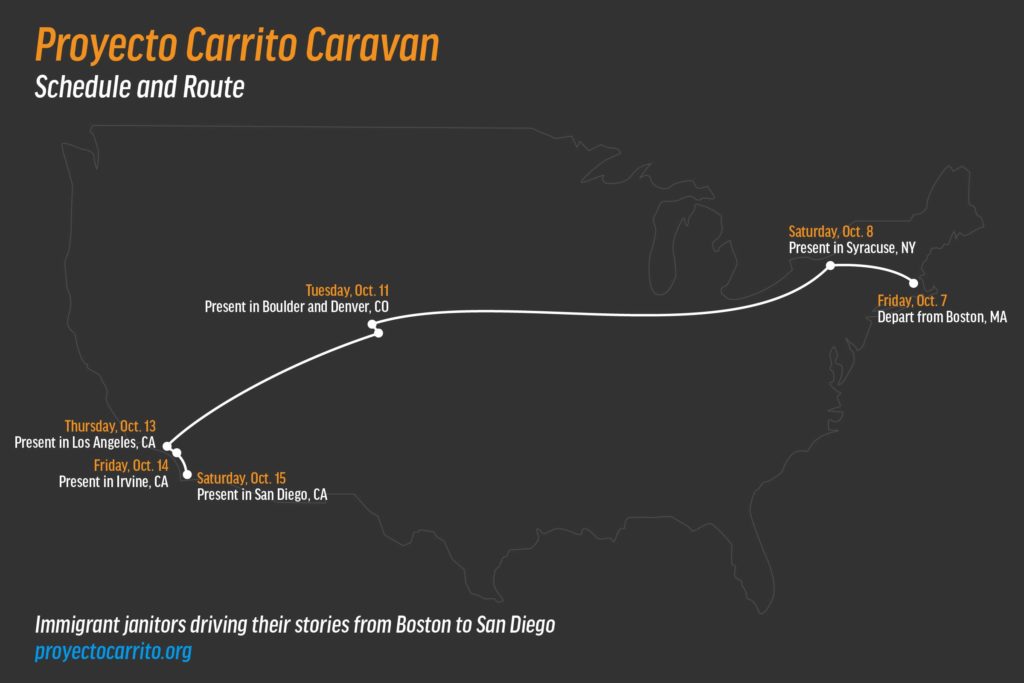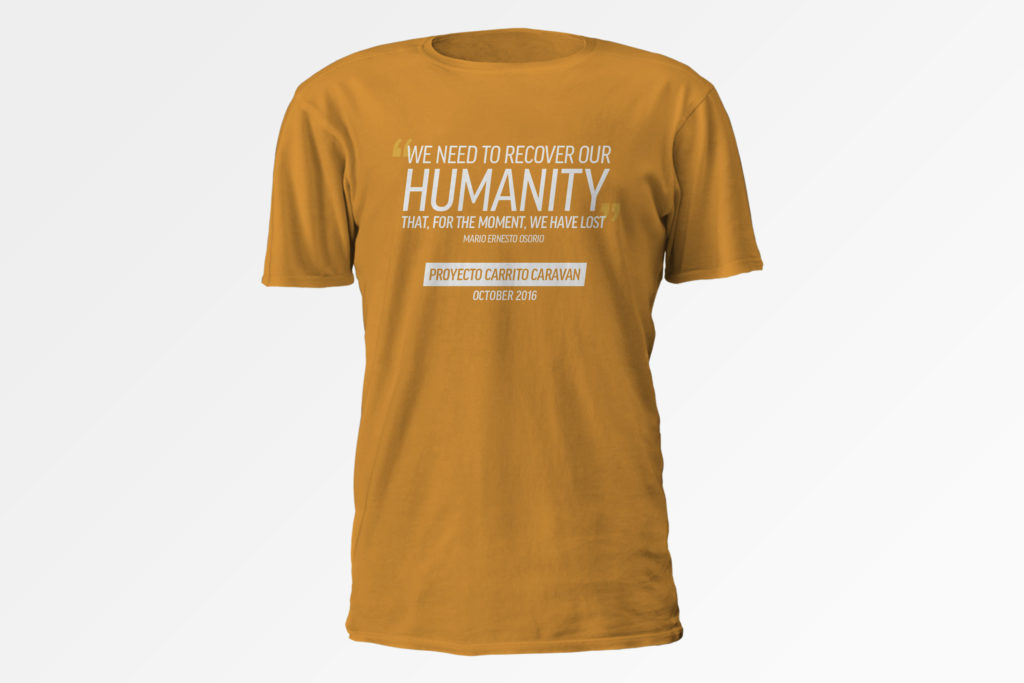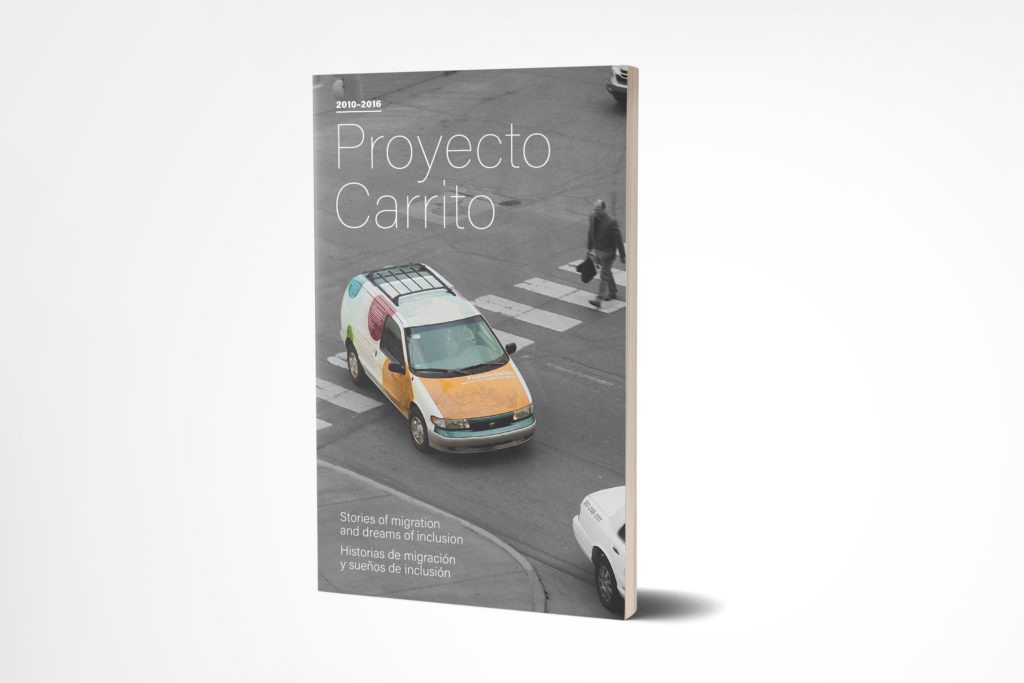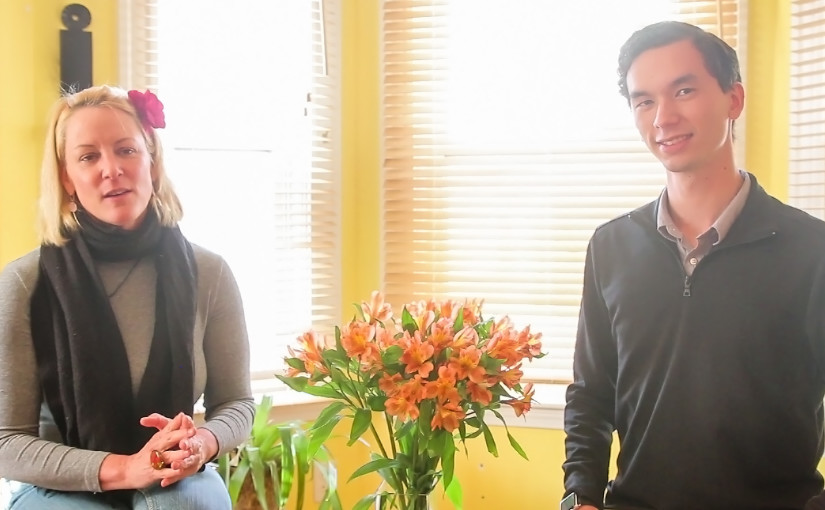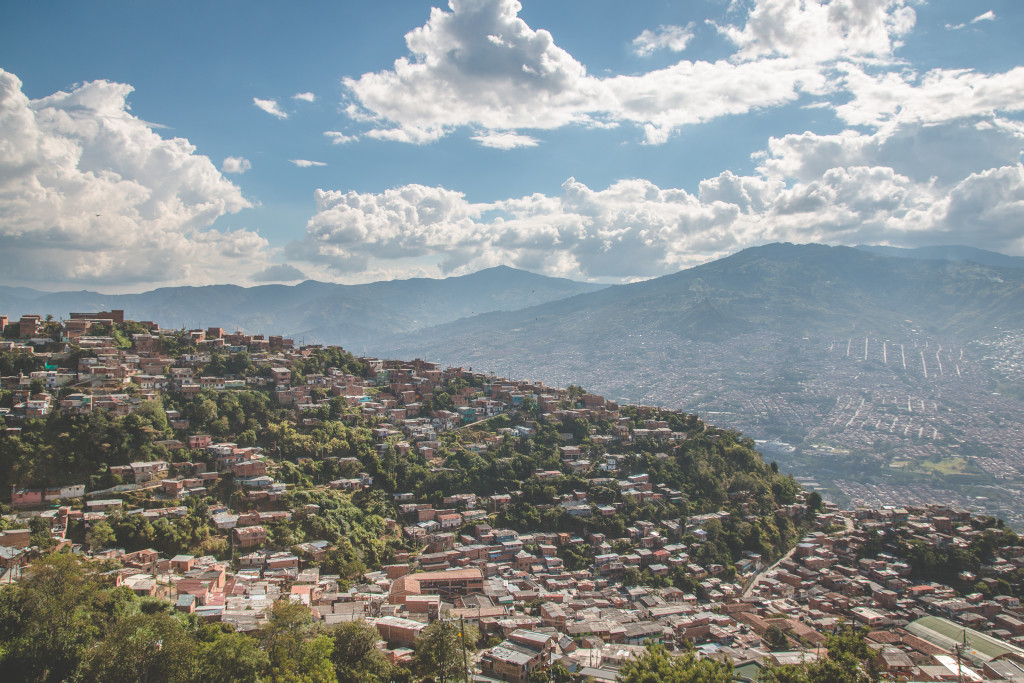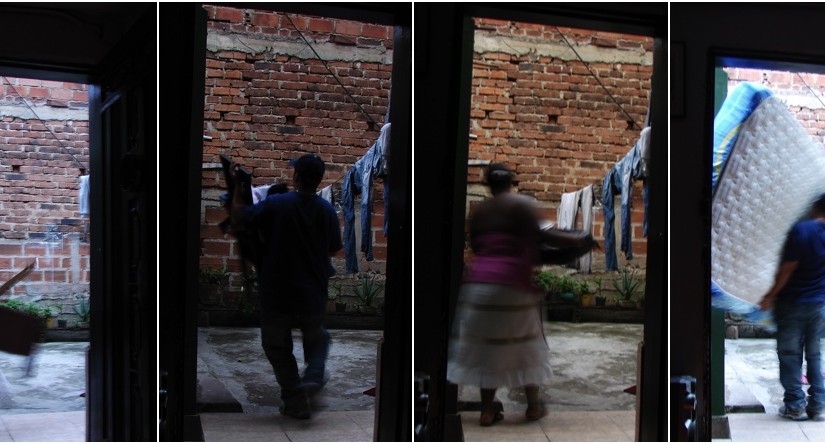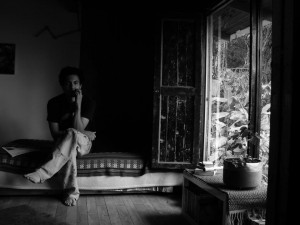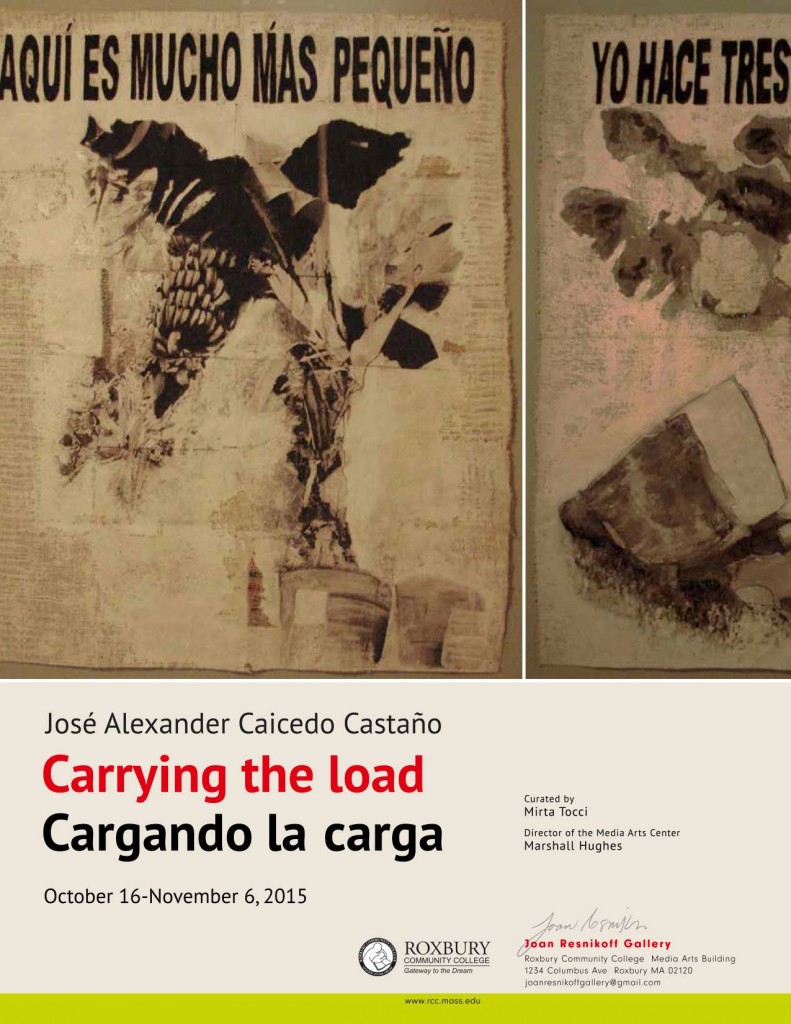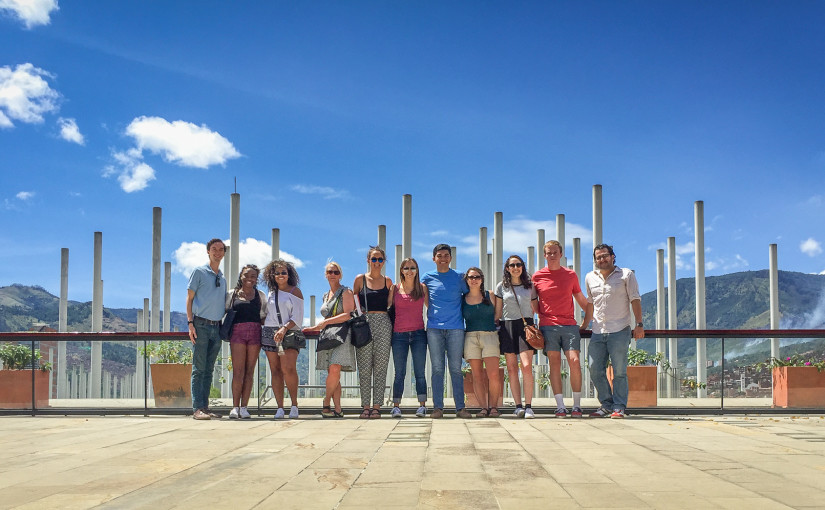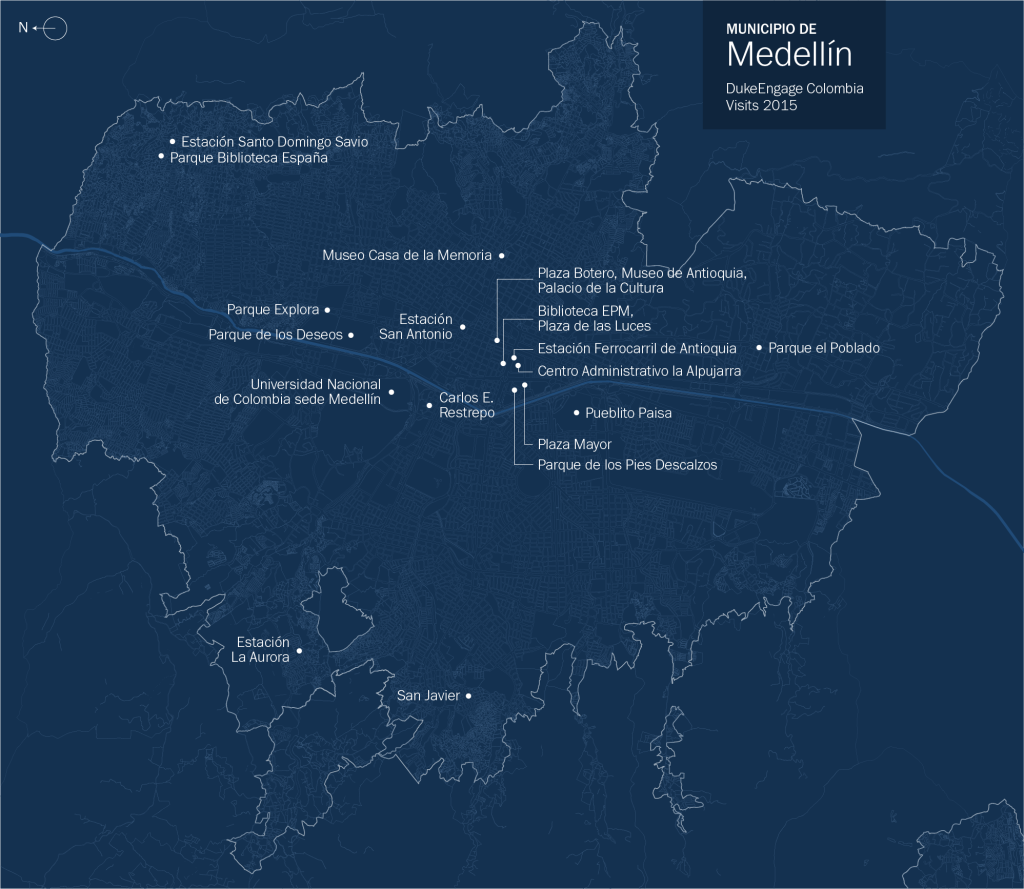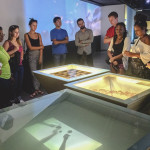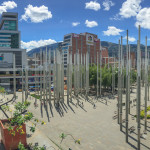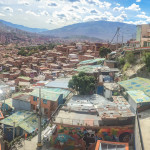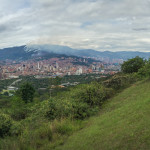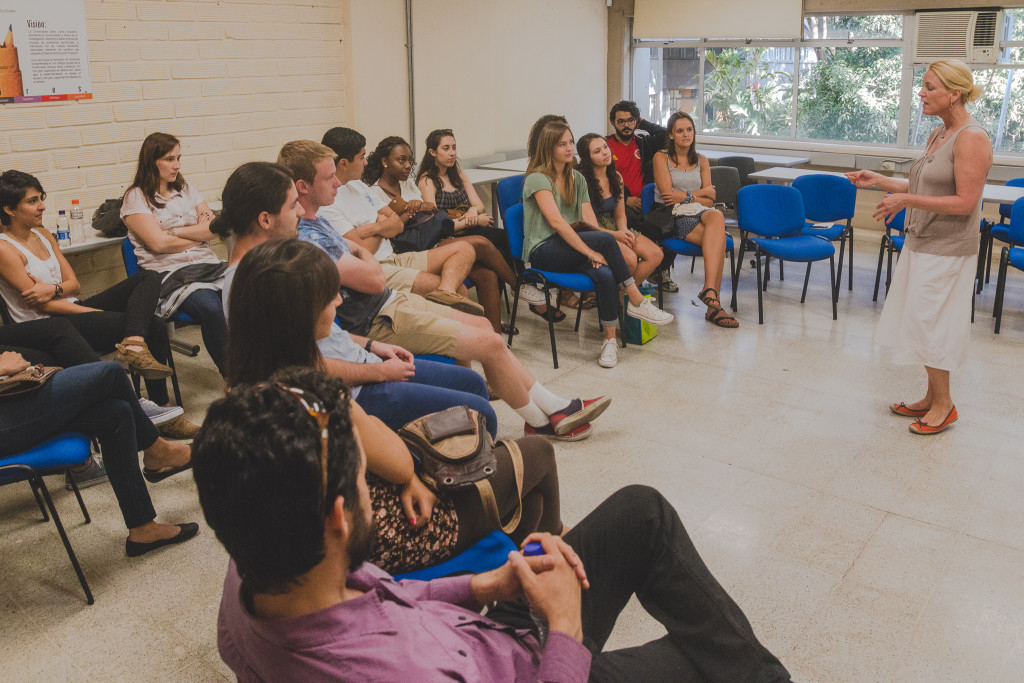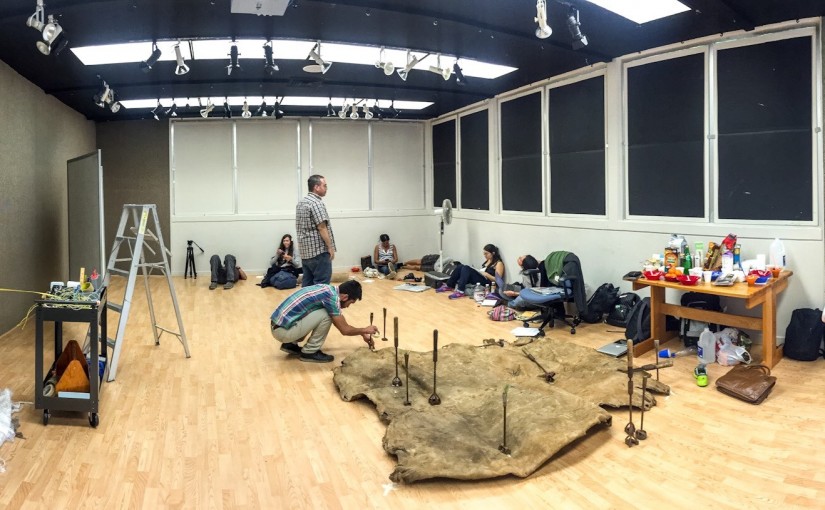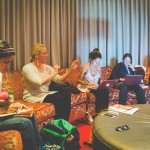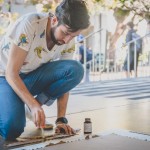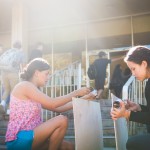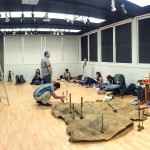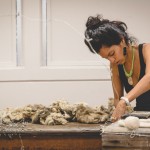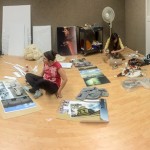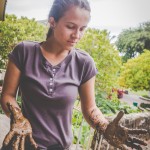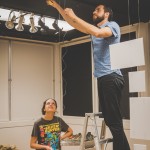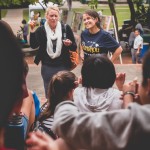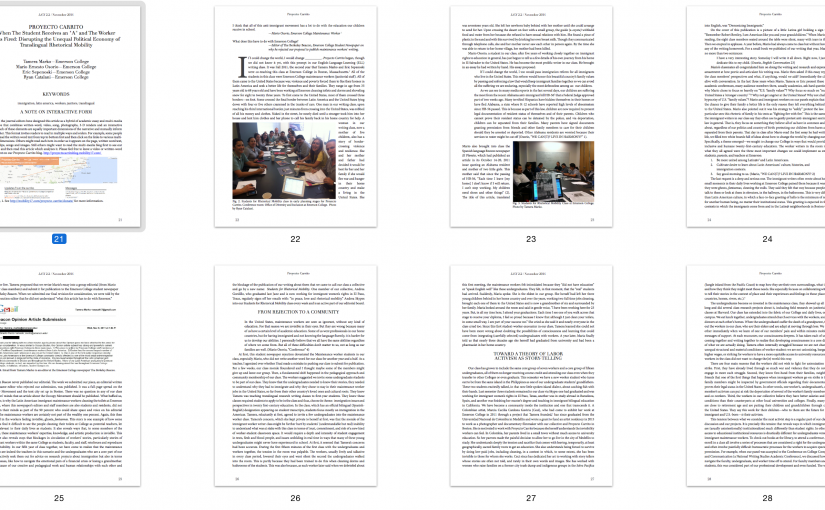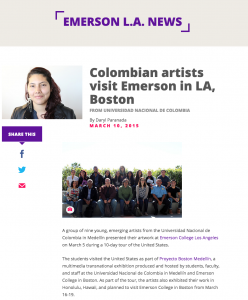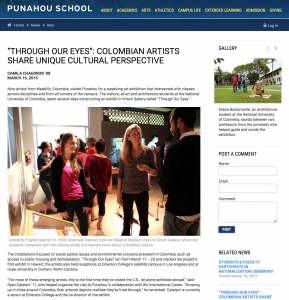In 2016, 281 million Chinese people from rural areas migrated to cities for labor jobs. Among these, 13.94 million are children. In addition, 17.26 million children were left behind in the rural areas.
Either migrant or left-behind, these children have been put in a disadvantaged position and have attracted national attention due to their large numbers. But if we do the math, out of the 94.86 million compulsory-school-age children living in rural areas, the aggregation of migrant and left-behind children only account for 33% of the entire rural children population.
This means that a much larger proportion of the rural children are not being studied. They are “ordinary” children, who might not have the experience of migration or being left behind, but yet, are also impacted by the massive rural-urban migration in their country.
Children from Wenjiashan Village in northern China in this video belong to this group of “ordinary” children. This village school has 53 students and 5 teachers across five preschool-4th grade classes.
The authors Changhong Zhang and Yixin Zhang made this short documentary film to understand what children, teachers and administrators in a typical rural village in China think about their education and their future.
